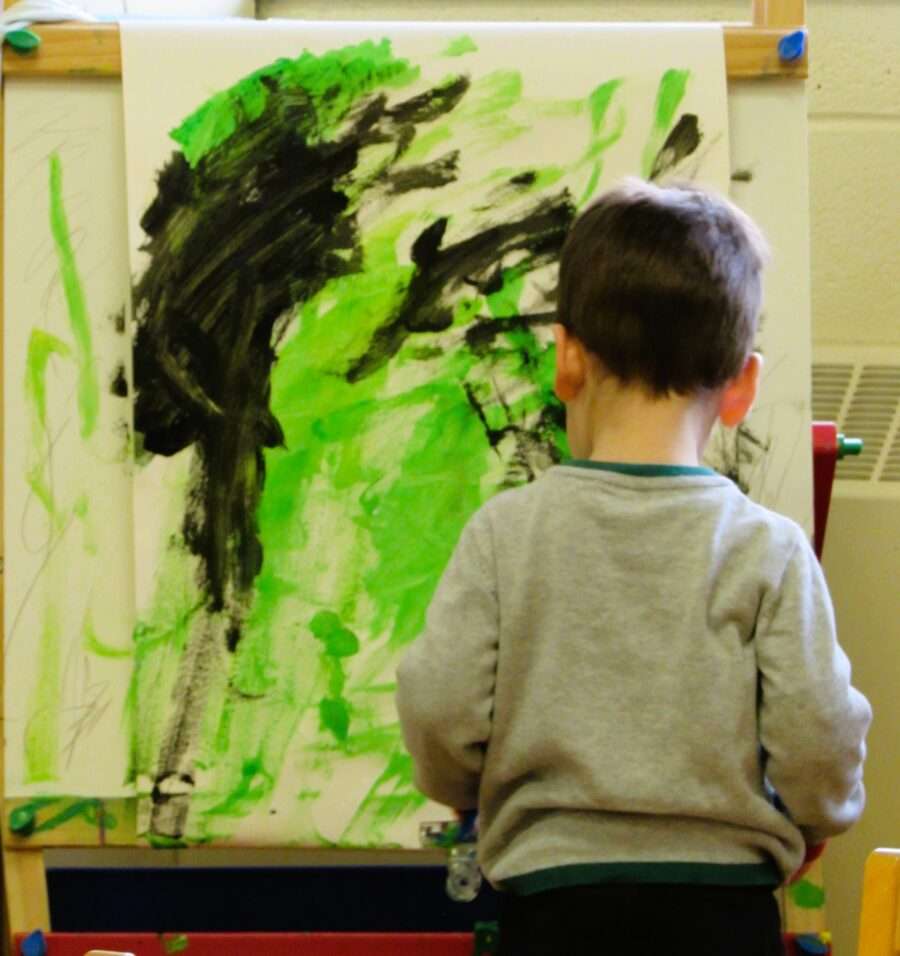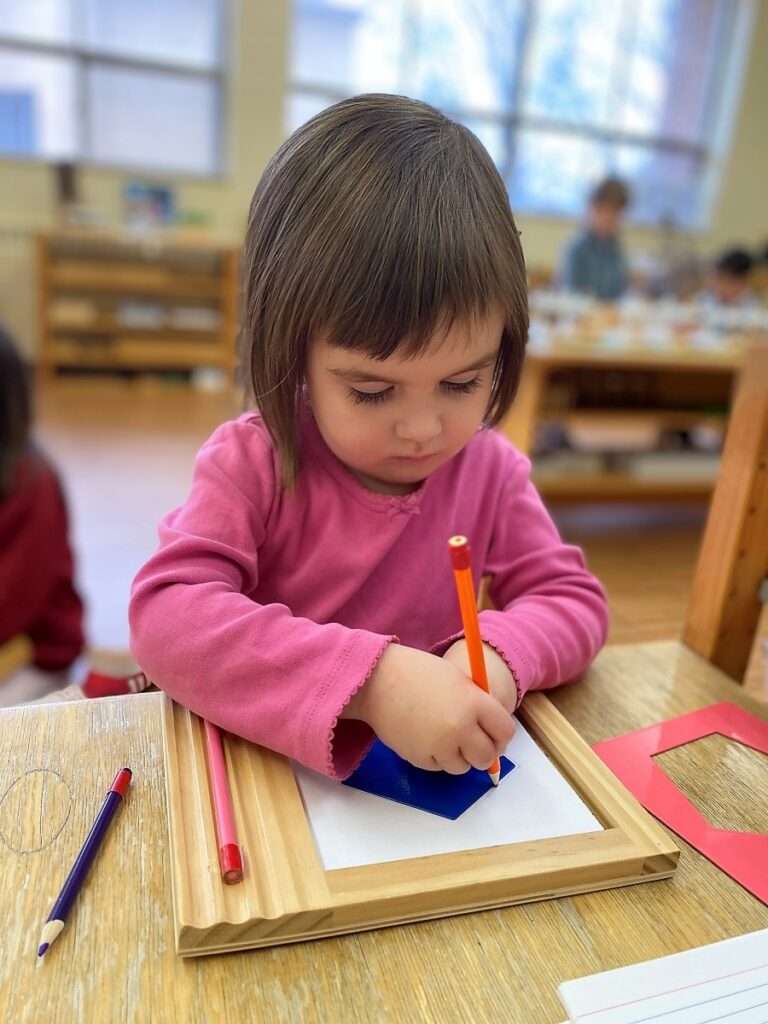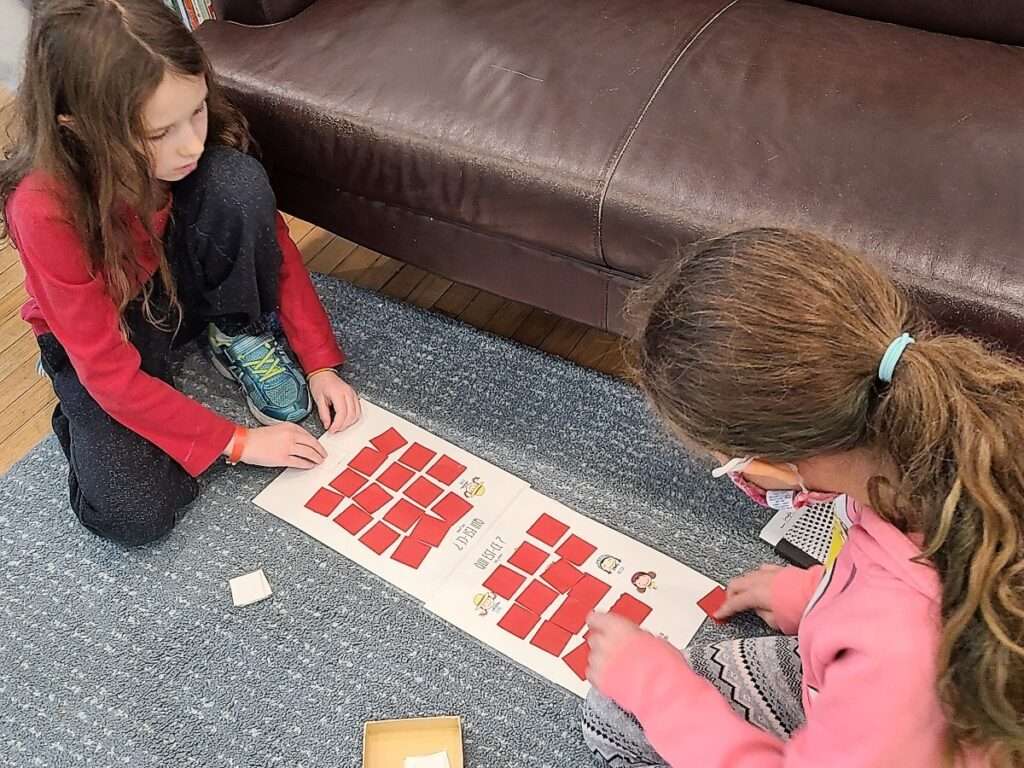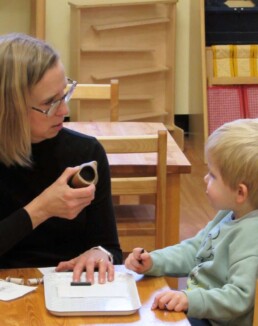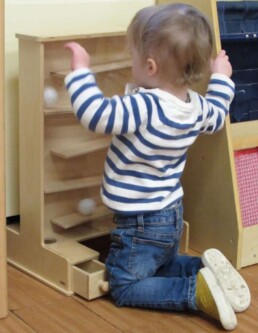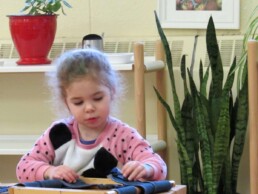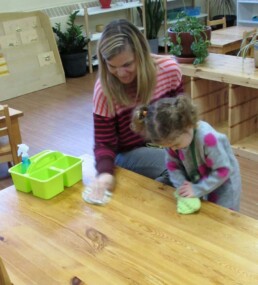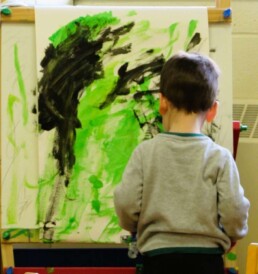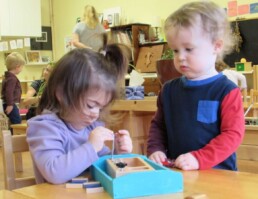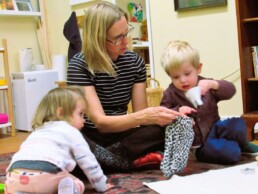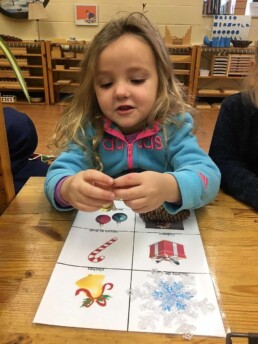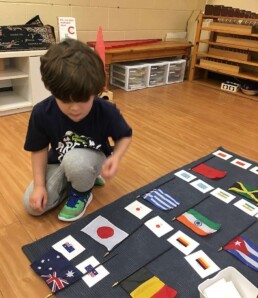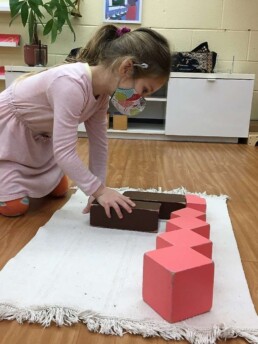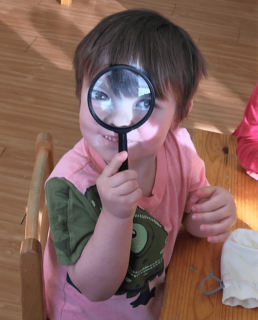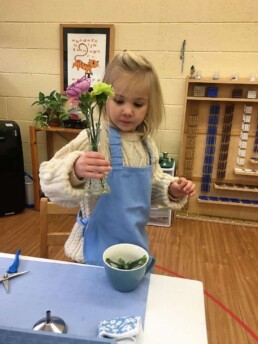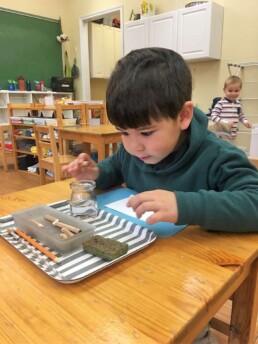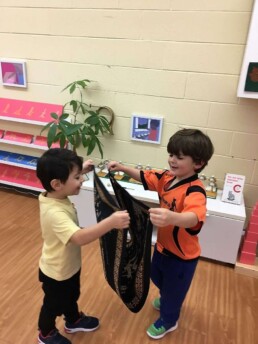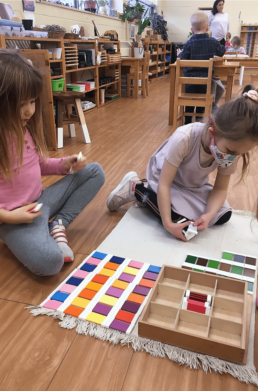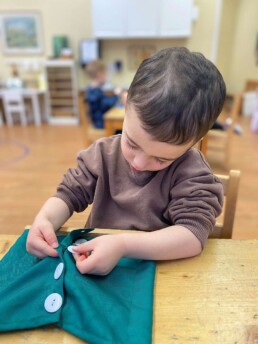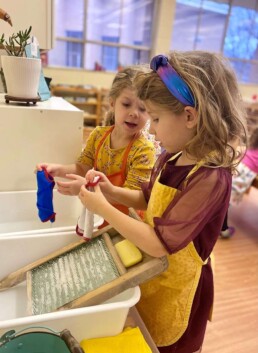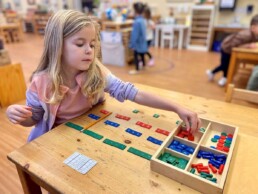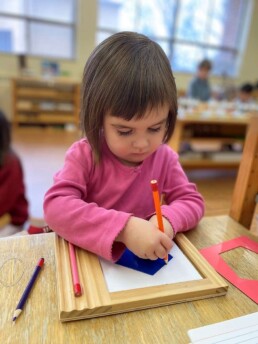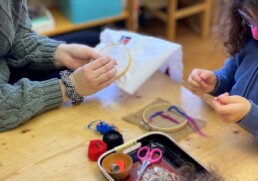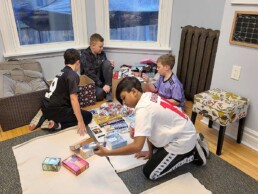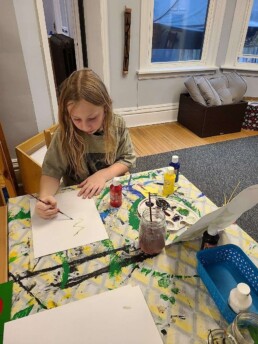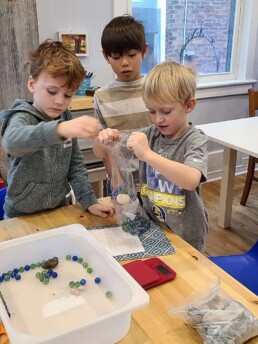Hello Lyonsgate Families,
Good Morning Lyonsgate Families,
Please see below for updates from your children’s Montessori classrooms.
Hello Toddler Parents,
As the holiday approaches and the excitement mounts we can often see behavioural changes in our toddlers. Interruptions in routine, illness, big changes like a new sibling arriving, or small temporary changes such as a relative coming to visit for a day can be difficult for toddlers. Please keep in mind that toddlers can better handle changes big or small when they are kept in the loop. Let them know as best you can about changes on the horizon and involve them in getting ready for the event. It might make them feel more secure and accepting about what is happening and they will feel included as an important member of the family.
If we are encounter behaviours such as hitting, biting, or pushing in the classroom, we handle them swiftly and directly. We say things like, “I will not let you do that.” “I cannot let you hurt your friend.” Small children often do not have the words or the emotional maturity to express or manage their feelings. It is okay to have feelings but it is not okay to hurt people. The language we use in these instances is direct and respectful. “I can’t let you do that,” rather than “We don’t hit people.” The latter is too vague. “We” could refer to anyone. It is not necessary to become emotionally escalated along with your toddler. They are feeling out of control and they are counting on us to help them feel safe and secure. We can validate their feelings by noticing them, “I can see that you are very upset right now.” Then we can help them return to a state of calm once the feelings subside. It is helpful to discover that feelings don’t last forever. As caregivers, we can help them weather these storms and gain awareness of what is socially acceptable.
Ms. Gervais.
As I sit here thinking of a topic to write about, I’m recalling an observation between two first year girls, both sitting beside each other. One kept moving further away from the other, so naturally the other kept asking why? This was the only word the girl kept repeating to her peer…
It leads me to think about the power this word has on the brains of these young children — and on us, as adults.
Every school year, I am amazed by the power of “why.” The children in our class use it to discover ideas, questions, universal truths, and to better grasp social cues. Many of the children use “why” to engage with peers and adults when they are learning conversational skills (during their preliminary stage in our programme). “Why” is never just a why — what they are really saying is, “I want to get to know you better, and I want you to stay awhile.” They are searching out knowledge of new words, vocabulary, sentence structure, grammar, and safety within their new community.
As a parent, this word used to lead me to pull out my hair in despair; as a Montessorian, I understand it to be an invitation into a relationship, and challenges me, for a moment, to see the wonders of the world through the eyes of a child. I can learn their deepest fears and reasons for the behaviors they present. When “why” is asked by a child, it is my responsibility to figure out why in return — I need the answer to build that precious relationship and to meet the needs of all the children in my care. Maria Montessori, being of a scientific mind, understood these multiple levels of knowledge this word holds — that there is what the child presents (or asks) and what is truly meant.
Next time you become overwhelmed by the word “why,” I challenge you to ask yourself why?
Best,
Ms. Canessa.
Greetings from Casa South,
When visiting a Montessori Casa environment, you are likely to see a large ellipse taped or drawn on the floor and you may wonder why it is there. It does have a specific purpose involving movement.
This material invites children to walk steadily on the line as a means of refining their balance and learn to control their movements. When a child is adept at controlling their body movements, they are better able to walk carefully around the workspaces of others and less likely to knock into tables, chairs, shelves, and other people, moving around the room with more grace.
Because it is an ellipse rather than a circle, it requires greater concentration and control when maintaining balance at the narrower ends. Also, the shape mimics the orbit of the earth around the sun. We introduce several ways to walk on the line beginning with a natural gait, then heel to toe, holding onto an object, or balancing something on their head. We can also use music or instruments for rhythmic walking.
It’s a wonderful material that is used daily by the children and adults in a classroom!
See you at the gate,
Ms. Robinson, Mme. Perazzo and Ms. Dewey.
Hello Elementary Families,
I’m taking the pen this week to update you on our French program. It’s been a joy to work with your children this year.
The youngest students are now familiar with my French accent and my teaching style. I speak French most of the time during our lessons of course, but also outside of formal class time to familiarize their ears to Francophone sounds. I often use gestures to support my speech and facilitate our conversations. The oldest students take a lot of pride in showing their fluency to the youngest ones, helping them when they don’t understand or have a hard time formulating an answer. All students also have the opportunity to practice their skills and enrich their vocabulary when working with Damien in the kitchen and around the classroom.
The lower elementary students have been working on building up their vocabulary to understand simple interactions we have together (e.g. Comment ça va? Où es ton chapeau? Tes chaussures bleues sont jolies. Va chercher la gomme.). We’ve also been working on the date and describing the weather, as well as introducing ourselves and expressing our likes and dislikes.
The oldest kids are now challenged to converse with me solely in French during their lessons and we keep using gestures as a support. We are starting to get into grammar work, reviewing some concepts about nouns and verbs that are common in English and French and introducing French conjugation to their speech. We have more written work as well as more reading.
All the students have been very engaged with all the card games introduced regularly in the classroom like “Les Poissons,” “Le Jeu des Familles des Formes, ” “Le Jeu de 7 Familles de L’hiver,” and “Qui est-ce?” It is a fun way for them to practice their French outside of their lessons. We also have board games to help the older students practice verbs and pronouns.
Finally, every other week, students in second year and up meet for a play practice. For now, we are familiarizing ourselves with the content of a play and the meaning of the words before starting rehearsals. We hope to send you a video of their work for the end of the school year.
Anne Prat Kalonji, French instructor.

